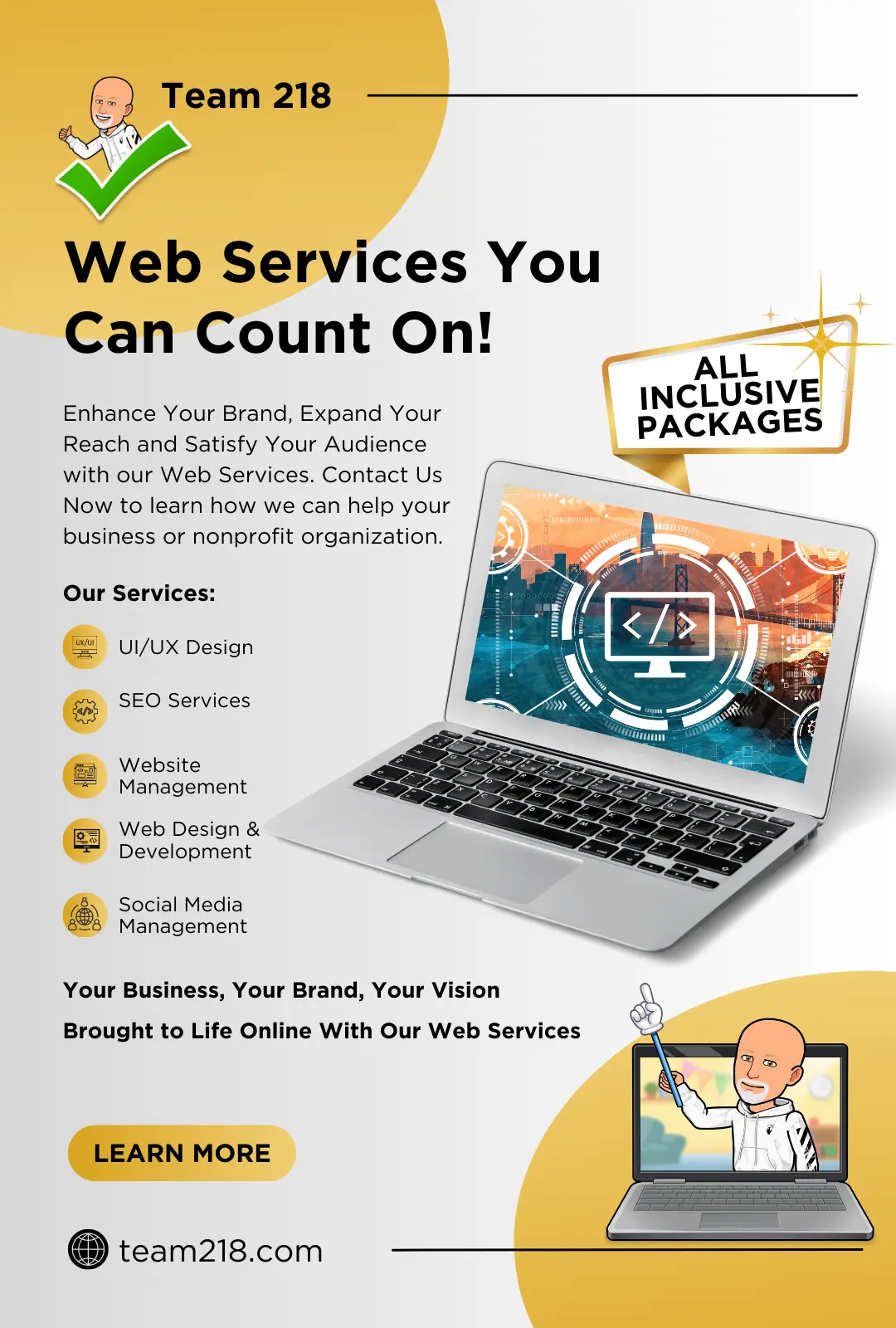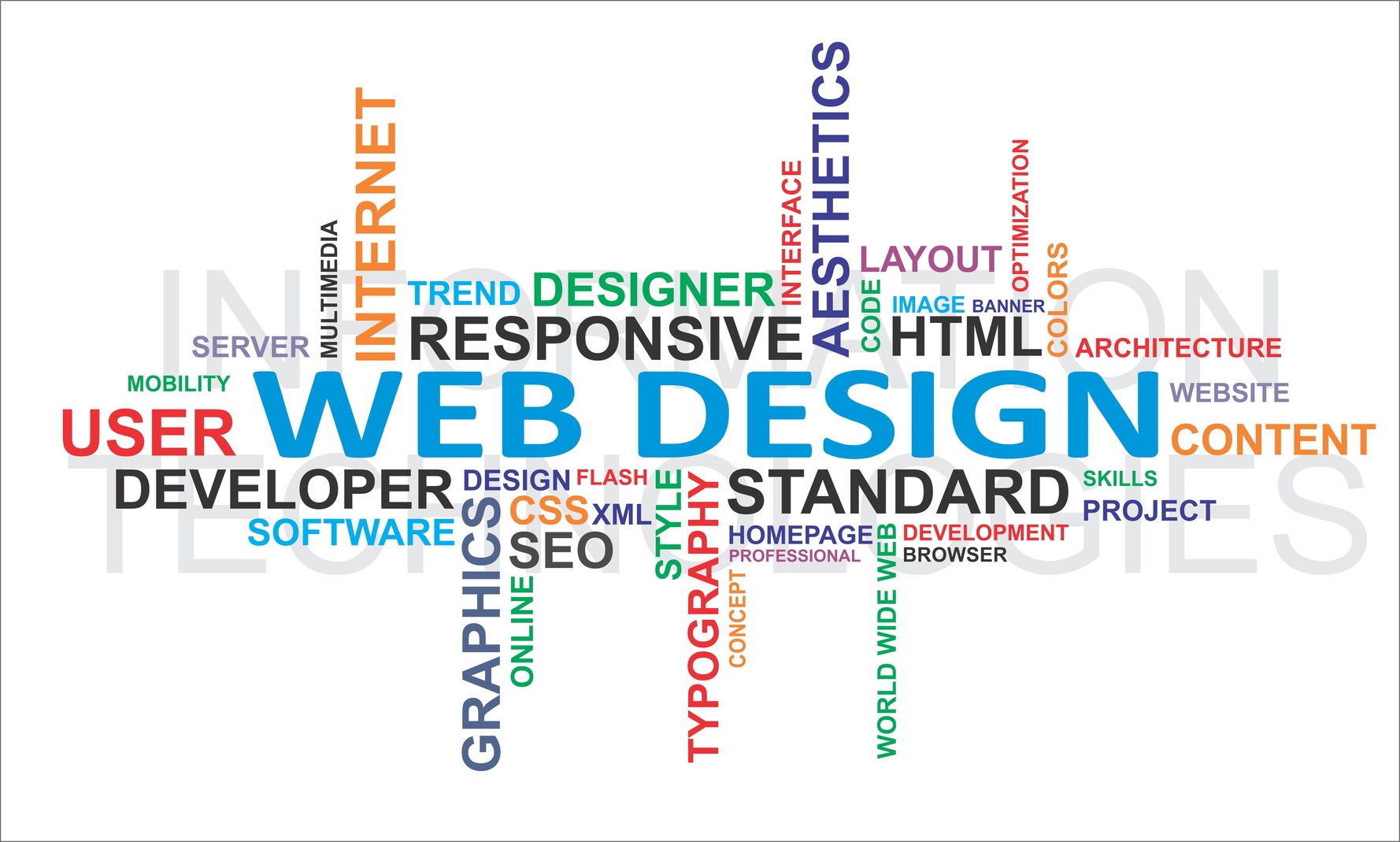Proven Methods for Enhancing Your Website with Superior Web Design
Wiki Article
A Detailed Introduction of the Best Practices in Website Design for Creating Navigable and user-friendly Online Platforms
The efficiency of an online platform pivots substantially on its style, which should not just attract customers however also direct them flawlessly via their experience. Ideal methods in website design incorporate a variety of approaches, from receptive designs to obtainable navigating structures, all targeted at cultivating intuitive communications. Understanding these concepts is critical for designers and designers alike, as they directly effect user fulfillment and retention. Nonetheless, the intricacies of each method commonly reveal much deeper implications that can transform a fundamental user interface into an extraordinary one. What are the crucial elements that can boost your platform to this degree?Understanding Individual Experience
Understanding user experience (UX) is pivotal in internet design, as it directly influences just how visitors connect with a web site. A properly designed UX makes certain that customers can navigate a website without effort, accessibility the info they look for, and complete wanted actions, such as signing or making an acquisition up for a newsletter.Secret components of effective UX design include use, accessibility, and looks. Functionality concentrates on the ease with which individuals can achieve tasks on the site. This can be accomplished with clear navigating frameworks, sensible material company, and receptive feedback systems. Access makes certain that all individuals, including those with handicaps, can connect with the web site effectively. This entails adhering to developed guidelines, such as the Web Material Access Guidelines (WCAG)
Looks play an essential duty in UX, as visually appealing styles can boost customer fulfillment and interaction. Shade plans, typography, and images should be attentively selected to create a natural brand identification while likewise facilitating readability and comprehension.
Eventually, prioritizing individual experience in website design fosters better individual satisfaction, encourages repeat check outs, and can significantly enhance conversion prices, making it an essential aspect of successful electronic techniques. (web design)
Importance of Responsive Design
Receptive layout is an essential component of modern web growth, making sure that sites offer an optimum viewing experience throughout a vast array of tools, from desktop computers to smartphones. As customer actions progressively shifts in the direction of mobile surfing, the need for web sites to adjust effortlessly to numerous display sizes has become paramount. This versatility not just boosts usability however additionally substantially influences customer interaction and retention.
A responsive layout employs liquid grids, flexible pictures, and media inquiries, enabling for a cohesive experience that preserves functionality and visual integrity regardless of gadget. This approach gets rid of the demand for customers to zoom in or scroll horizontally, causing an extra user-friendly interaction with the material.
Furthermore, online search engine, significantly Google, focus on mobile-friendly websites in their positions, making responsive design necessary for preserving exposure and availability. By embracing responsive layout concepts, services can reach a wider audience and enhance conversion prices, as individuals are more probable to involve with a website that offers a regular and smooth experience. Inevitably, receptive style is not just a visual choice; it is a calculated necessity that reflects a dedication to user-centered style in today's digital landscape.
Simplifying Navigation Frameworks
A well-structured navigation system is important for boosting the individual experience on any site. Simplifying navigating structures not just aids customers in discovering information promptly but also promotes engagement and reduces bounce prices. To attain this, internet designers should focus on clarity with making use of simple tags and classifications that reflect the web content accurately.
Integrating a search function further boosts functionality, enabling users to situate content directly. Additionally, executing breadcrumb trails can provide customers with context regarding their place within the site, promoting convenience of navigating.
Mobile optimization is one more vital aspect; navigating should be touch-friendly, with clearly defined links and switches to suit smaller sized screens. By decreasing the variety of clicks required to accessibility content and guaranteeing that navigating corresponds across all pages, designers can produce a smooth user experience that urges exploration and minimizes irritation.
Prioritizing Access Criteria
Around 15% of the global population experiences some type of impairment, making it essential for web developers to prioritize ease of access standards in their jobs. Availability encompasses different facets, consisting of visual, auditory, cognitive, and motor problems. By sticking to developed standards, such as the Internet Web Content Ease Of Access Standards (WCAG), developers can develop inclusive digital experiences that satisfy all customers.One basic practice is to make sure that all web content is perceivable. This consists of providing alternative text for pictures and making sure that video clips have records or captions. Key-board navigability is essential, as several customers rely on keyboard faster ways instead than computer mouse interactions.
 In addition, shade comparison ought to be very carefully thought about to fit individuals with visual problems, making sure that text is clear against its history. When creating types, labels and mistake messages need to be clear and detailed to assist individuals in finishing tasks efficiently.
In addition, shade comparison ought to be very carefully thought about to fit individuals with visual problems, making sure that text is clear against its history. When creating types, labels and mistake messages need to be clear and detailed to assist individuals in finishing tasks efficiently.Last but not least, performing functionality testing with individuals that have specials needs can offer vital insights - web design. By focusing on access, web developers not just comply with lawful requirements but additionally broaden their target market reach, promoting a more comprehensive online setting. This commitment to accessibility is essential for a truly accessible and straightforward internet experience
Using Visual Power Structure
Clearness in style is extremely important, and utilizing aesthetic power structure plays a critical function in attaining it. Visual power structure refers to the plan and discussion of elements in such a way that plainly indicates their value and guides individual attention. By purposefully employing dimension, color, spacing, and comparison, developers can produce an all-natural circulation that guides individuals via the web content flawlessly.Using larger font styles for headings and smaller sized ones for body message develops a clear difference between sections. Additionally, utilizing different backgrounds review or bold colors can go to the website attract focus to description vital details, such as call-to-action buttons. White area is similarly crucial; it helps to avoid clutter and enables customers to focus on the most crucial components, boosting readability and general customer experience.
An additional trick facet of aesthetic hierarchy is using images. Appropriate images can enhance understanding and retention of information while also breaking up text to make web content more absorbable. Inevitably, a well-executed aesthetic power structure not just enhances navigation but also cultivates an intuitive communication with the internet site, making it most likely for individuals to accomplish their objectives efficiently.
Verdict

In summary, adherence to finest techniques in internet design is vital for developing navigable and intuitive on the internet platforms. Highlighting receptive layout, streamlined navigation, and availability criteria cultivates a inclusive and straightforward atmosphere. In addition, the reliable use aesthetic power structure boosts user interaction and readability. By prioritizing these aspects, internet designers can dramatically boost user experience, making sure that online platforms satisfy the diverse requirements of all users while helping with efficient interaction and contentment.
The performance of an online system hinges significantly on its layout, which need to not only bring in customers yet likewise guide them seamlessly with their experience. By embracing responsive layout principles, companies can reach a broader target market and enhance conversion rates, as individuals are much more likely to engage with a website that provides a smooth and constant experience. By sticking to established guidelines, such as the Internet Material Accessibility Standards (WCAG), designers can produce inclusive electronic experiences that cater to all customers.
White space is just as crucial; it aids to avoid mess and enables users to focus on the most crucial components, enhancing readability and total user experience.
By prioritizing these aspects, internet designers can dramatically improve individual experience, making certain that online platforms fulfill the diverse requirements of all customers while helping with reliable communication and contentment.
Report this wiki page